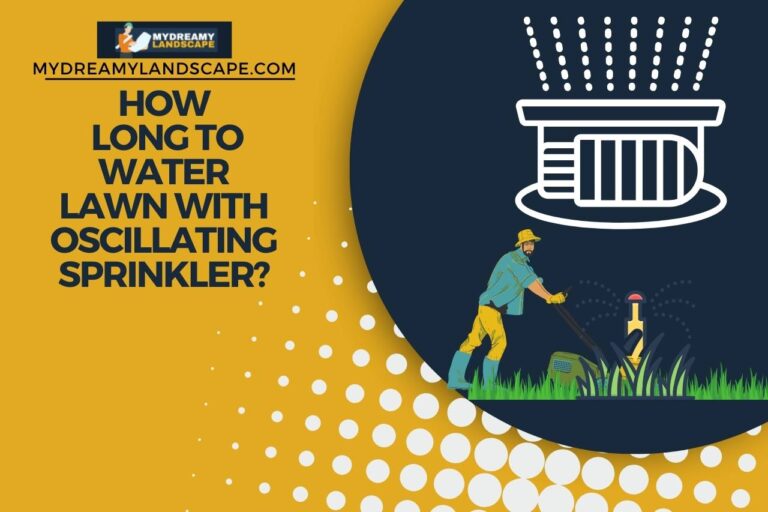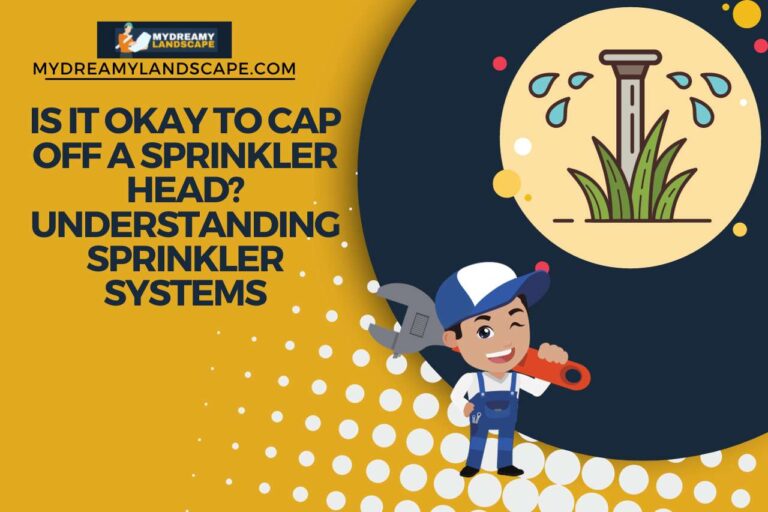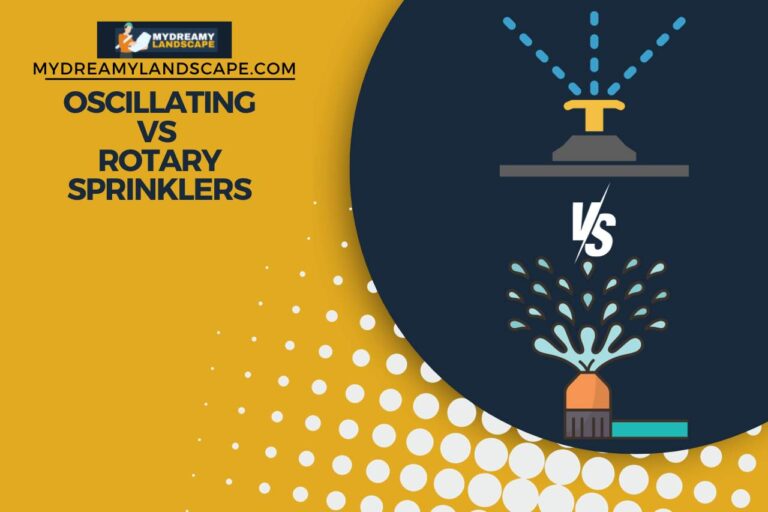St Augustine Grass Not Growing Tall – Solving the Mystery!
It is not a secret that St Augustine grass can grow aggressively if it receives sufficient nutrients and care. But in case St Augustine grass not growing tall, there can be an underlying issue. In this comprehensive blog post, we aim to find the reasons for the slow-growing St Augustine along with practical solutions. If you are new to the subject of lawn care, this is the right place to start your journey, so stay with us till the end!
How Tall is St Augustine Grass?
In general, St Augustine grass can grow up to 12 inches or more. But it is recommended to keep them 2.5 to 4 inches tall.
Optimal Mowing Height
- Warm Season (Spring/Summer): It is advised to keep the grass between 2.5 inches and 4 inches. This height helps provide shade to the roots, improving drought resistance and reducing weed growth.
- Cool Season (Fall/Winter): As growth slows, the height can be adjusted to between 3 inches and 4 inches.
Additional Influences:
- Shade: Grass in more shaded areas may benefit from being mowed at taller heights (3 inches to 3.5 inches) to enhance light absorption.
- Soil Type: In sandy soils, a slightly taller grass height can help in maintaining soil moisture.
St Augustine Grass Not Growing Tall; Why?
St Augustine grass might not be growing tall due to issues like inadequate watering, excessive shade, and so on. Here, we have explained each cause plus how you can remedy it.
- Inadequate Watering: St. Augustine grass needs consistent moisture to grow well. So, if it’s not receiving enough water, its growth will be stunted. Ensure the grass receives at least 1 inch of water per week. During hot, dry periods, increase watering frequency. Also, remember to water early in the morning to minimize evaporation.
- Poor Soil Conditions: Poor soil can impede the growth of St. Augustine grass, too. This includes compacted soil, lack of nutrients, or incorrect pH levels. You can perform a soil test to determine nutrient levels and pH balance and amend the soil based on test results, adding lime to raise pH or sulfur to lower it. Always use a balanced fertilizer to provide the necessary nutrients.
- Shade: St. Augustine grass also needs a good amount of sunlight to thrive. Too much shade can hinder its growth. Therefore, trim overhanging branches to increase sunlight exposure. If the area is too shaded, consider planting a shade-tolerant grass variety instead.
- Pest Infestation: Pests like chinch bugs, grubs, and nematodes can damage St. Augustine grass, leading to poor growth. So, regularly inspect the lawn for signs of pests and treat infestations with appropriate insecticides, following label instructions for safe and effective use.
- Disease: Diseases such as brown patches, take-all root rot, and gray leaf spots can affect the health and growth of St. Augustine grass. Identify the specific disease and treat it with appropriate fungicides by getting advice from an expert. Improve drainage and avoid over-watering to prevent fungal growth.
- Mowing Practices: Mowing too low or with dull blades can stress St. Augustine grass, preventing it from growing tall. Thus, set the mower to the correct height for St. Augustine grass (2.5 to 4 inches). Moreover, sharpen mower blades regularly to ensure clean cuts.
- Weed Competition: Weeds can outcompete St. Augustine grass for nutrients, water, and light. Use pre-emergent and post-emergent herbicides to control weed growth. Hand-pull weeds when it is possible to reduce competition.
- Climate Factors: Last but not least, extreme temperatures, either too hot or too cold, can affect the growth of St. Augustine grass. During very hot or cold periods, adjust care practices. Water adequately in heat and avoid unnecessary stress (like heavy foot traffic) in cold.
What Type of Soil is Good for St Augustine Grass?
A well-draining sandy loam is good for St Augustine grass. The reason why, such soil promotes effective root aeration and drainage, crucial for the robust growth of St. Augustine grass.
These are the key attributes of ideal soil for St. Augustine grass.
- Drainage: It’s important for the soil to have good drainage to prevent water from pooling on the surface or around the roots.
- Texture: A loamy texture, a blend of sand, silt, and clay, is preferable. Sandy loam is best, though silt loam or clay loam can also be suitable if they drain well.
- Organic Content: At least 2% organic matter should be present in the soil so it can enhance drainage, aeration, and fertility.
- pH Levels: The ideal pH is between 6.0 and 7.0. St. Augustine grass is more adaptable to pH variations than some grasses but thrives in slightly acidic conditions.
Unsure about your soil type? Consider a soil test from a local cooperative extension office, which can provide details on soil pH, nutrient levels, and organic content.
While this grass variety adapts to various soil types, it struggles in clay soil, which tends to be compact and has poor drainage. Enhancing clay soil for St. Augustine grass involves incorporating organic materials like compost or manure and frequent soil aeration.
Here, we have provided some tips for soil improvement for St. Augustine grass:
- For Clay Soil: Incorporate organic materials like compost or manure to enhance drainage and aeration.
- For Sandy Soil: Add organic matter and clay to improve water and nutrient retention.
- Adjusting pH: Use lime to increase a low pH or sulfur to decrease a high pH.
- Regular Aeration: Aerating your lawn helps in improving drainage and root aeration.






